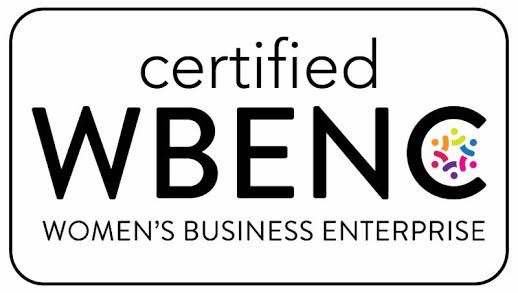Communication is key. I think everyone has heard that saying a million and one times. Yet, it still rings true. It may be even more critical in the world we are working and living in today. While email, chat, and video chats have been around for a while, it probably was not until 2020 when we realized just how integral these communication channels were in our organizations. We lost the in-person communication and connection that we had in an office setting. We had to rely on our emails, chats, Zoom, and Teams meetings to communicate. We probably also ended up miscommunicating with our teams a few too many times while trying to get used to this new dynamic.
There are few tips that I have learned along the way while working with clients and connecting with my internal organization:
The Right Communication Channel
While chats and emails are quick, they may come across as impersonal. Depending on the nature of the topic, they may be the right tools to use for communication. However, think about the point you are trying to convey and make sure you do not need to pick up the phone or get on a video chat.
Clear Expectations and Instructions
Our expectations and instructions that we give to our colleagues are vital to our success as an organization. If there are no explicit instructions or expectations, it sets up for a possible miscommunication. These issues can also cause unnecessary friction. If needed, ask another colleague to peer review your instructions for clarity purposes.
Listen, Listen, Listen!
We all know listening is key to any communication, but it’s even “harder” in a remote work environment. In this setting, we can sometimes have a reactionary response to an email or chat – take a minute, breathe, think through the topic at hand and then draft your response. Check that you listen to what the other person is trying to say and what/how you need to respond.
This list is not an all-inclusive list of tips and tricks on communicating in a remote world, but these are the top themes that I see when working with clients and teams. Again, we know that communication is key. Let’s up our communication game and make sure we are transparent in all aspects of our communication!


